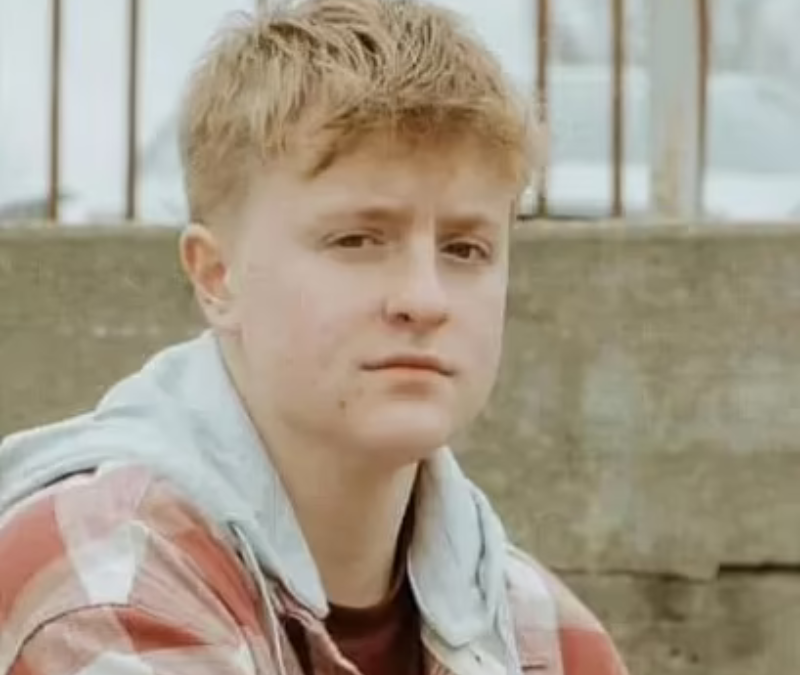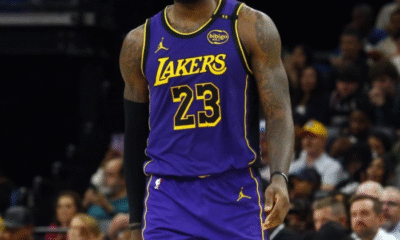
Participating in high school sports is a source of pride, passion, and personal growth for many teenagers. It’s where friendships are forged, discipline is learned, and dreams of future athletic careers begin. But sometimes, in the blink of an eye, everything can change. For Dylan Wescott, a senior at Rock Falls High School in Illinois, a routine warm-up at a high school track meet turned into a life-altering event that left him paralyzed from the chest down.
What was supposed to be a typical Saturday track meet ended in tragedy and raised important conversations about safety standards in school sports. Yet, even in the face of devastating injury, Dylan’s courage, community support, and determination have become a powerful story of resilience and hope.
What Happened to Dylan Wescott?
On March 15, 2025, He was warming up for the triple jump at a local high school track meet at Westwood Sports Complex in Sterling, Illinois. Known as a multi-sport athlete with an exceptional work ethic, Dylan had trained extensively for this event. But during a warm-up jump, he lost his footing in the sandpit and stumbled forward. In a matter of seconds, he collided headfirst into a padded brick wall positioned dangerously close to the sand.
The impact was catastrophic.
He immediately knew something was wrong. “Mom, I broke my neck. I can’t move,” he told his mother, who was just feet away in the stands. That moment marked the beginning of an unexpected journey filled with emotional, physical, and mental trials—but also of extraordinary strength and resilience.
The Diagnosis and Emergency Treatment
Dylan was rushed to the hospital where doctors confirmed the worst: he had broken a vertebra in his neck, and two others were compressing his spinal cord. The injury resulted in paralysis from the chest down, affecting his mobility and leaving his future uncertain. Emergency surgery was performed to stabilize his neck, and later, he was transferred to the Shirley Ryan AbilityLab in Chicago, one of the country’s top rehabilitation facilities.
Despite the severity of the injury, his spirit remained unbroken. Within days of the surgery, he began working with therapists, participating in sessions designed to stimulate movement and build strength in the muscles he could still control. Videos shared by his family on social media show Dylan engaging in recreational therapy, including a heartwarming moment where he plays bocce ball with his therapist—smiling and laughing despite the challenges.
Who is Dylan Wescott?
He wasn’t just another student athlete—he was a standout. Known for his dedication to football, wrestling, and track, he excelled on and off the field. Coaches, teammates, and teachers describe him as a natural leader—humble, hardworking, and always willing to help others.
He had plans to attend college after graduation and was exploring options to continue playing sports at the collegiate level. With a bright future ahead of him, his injury shocked not only his school but the entire community of Rock Falls, sparking widespread attention and support.
Key Elements of Dylan’s Recovery Journey
1. Immediate Medical Intervention
His quick transport to a hospital and immediate spinal surgery were vital in minimizing further complications. Doctors worked swiftly to stabilize his spine and reduce the pressure on his spinal cord. Without this immediate intervention, the damage could have extended even further.
2. Comprehensive Rehabilitation
Dylan now spends his days at Shirley Ryan AbilityLab participating in an intensive rehabilitation program. These sessions include physical therapy, occupational therapy, recreational therapy, and counseling. The goal: to help him regain as much independence as possible and equip him with tools to adapt to his new reality.
3. Emotional Resilience and Family Support
From day one, His family has been by his side. His mother, who was present at the scene, has served as his emotional anchor. Together with extended family and friends, they’ve created a support network to lift Dylan’s spirits and help manage the emotional toll of such a drastic life change.
4. Community Rally and Fundraising
Following the accident, the Rock Falls community came together in remarkable fashion. A GoFundMe campaign was launched to help cover medical bills, therapy costs, and future accessibility needs like a wheelchair-accessible home or vehicle. Within days, thousands of dollars poured in from friends, neighbors, and strangers moved by his story.
Safety in School Sports: An Urgent Discussion
Dylan’s injury has sparked widespread concern about safety regulations in school athletics—particularly around facility design.
The fact that a padded wall was situated just feet away from a sandpit used for long and triple jump events has raised eyebrows among parents, educators, and safety advocates. Many are now asking: Was this preventable?
Experts point out that national safety guidelines suggest a minimum clearance zone beyond landing areas for jumping events. Whether this meet followed those guidelines is under investigation. Meanwhile, His injury serves as a sobering reminder that even routine practices can become dangerous without proper safety protocols in place.
Why Dylan’s Story Matters
1. Raises Awareness of Safety Gaps
His accident shines a light on the urgent need for schools and athletic organizations to audit their facilities for potential hazards. While many districts operate under budget constraints, the cost of injury far outweighs the investment in proper safety equipment and spacing.
2. Inspires a Community
In the wake of this tragedy, his spirit has become a symbol of strength and perseverance. His willingness to engage in therapy and maintain a positive outlook has uplifted not just his peers, but thousands of people across the country.
3. Puts Mental Health in Focus
Physical recovery is only part of the journey. Mental and emotional well-being are just as critical. His therapists emphasize the importance of counseling and emotional support for both him and his family as they adjust to a new reality.
How to Support Dylan Wescott
1. Donate to His GoFundMe Campaign
Your contribution can help with everything from medical costs to long-term care and home modifications. Every dollar counts.
2. Share His Story
Spreading awareness can not only help raise funds but also advocate for better safety standards in youth sports programs across the country.
3. Send Words of Encouragement
Simple messages of hope and support go a long way. His family reads these messages to him daily, and they’ve become a source of strength.
Conclusion
What happened to Dylan Wescott was a tragedy—an unexpected and heartbreaking moment that changed a young athlete’s life forever. But his story is not just one of loss. It’s one of courage, resilience, and community.
From the intensive care unit to therapy sessions filled with determination, He is rewriting the narrative of what’s possible. Though the path ahead will be filled with challenges, he’s already proven that he’s strong enough to face them head-on.
As the world watches, cheers, and supports on his road to recovery, his story serves as a powerful reminder: even in our darkest moments, the human spirit has the capacity to shine.













